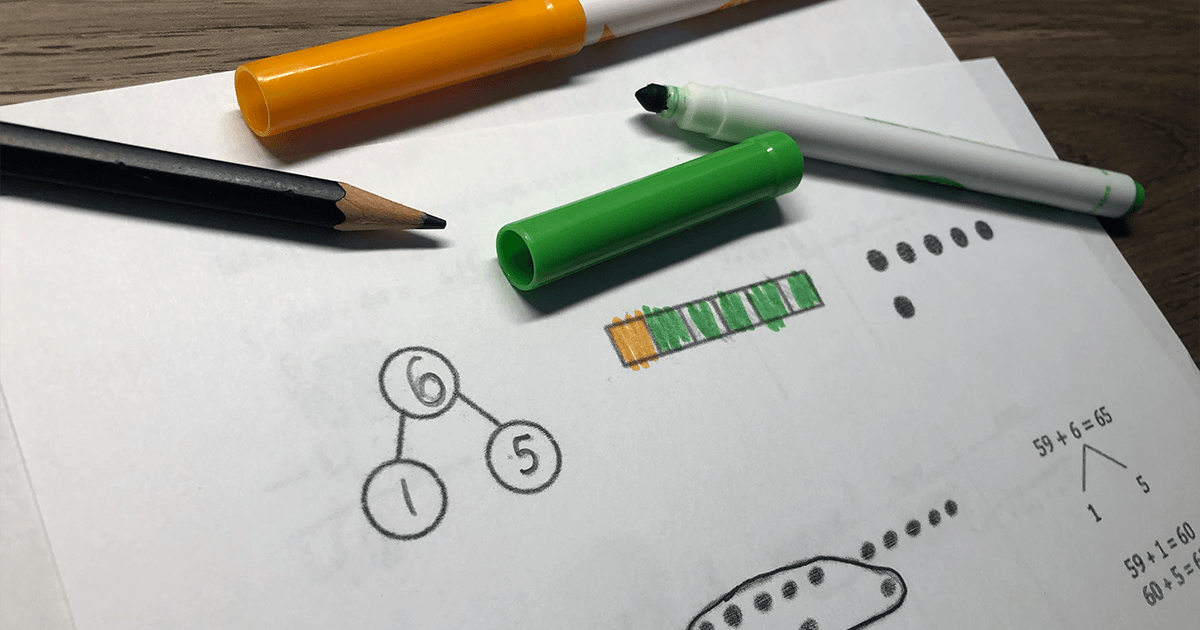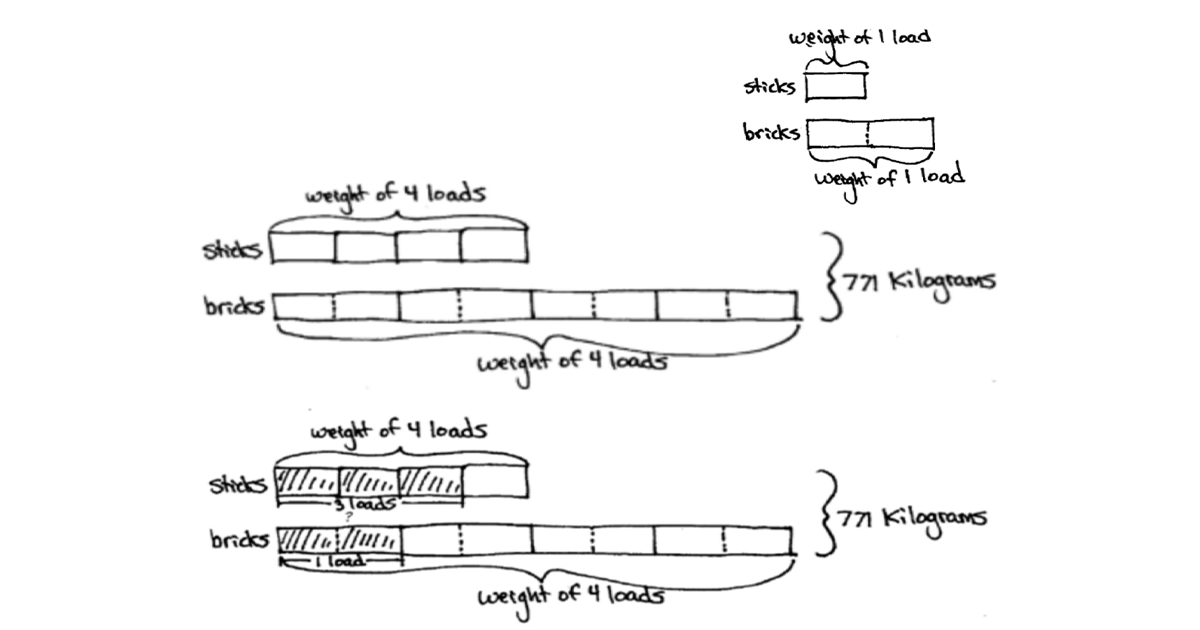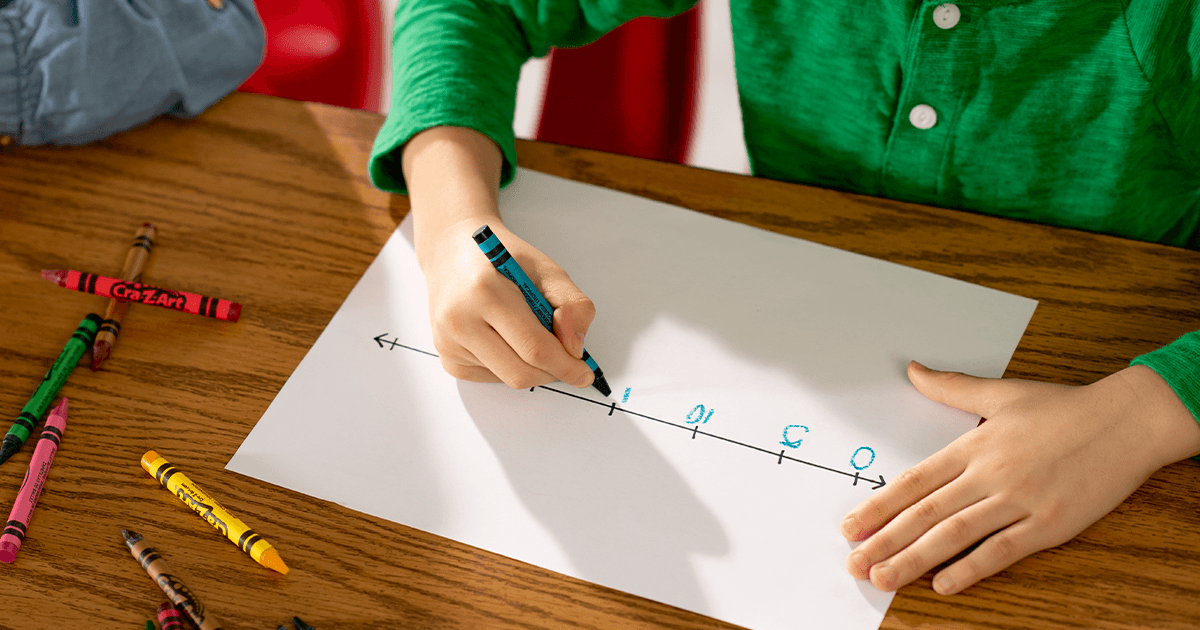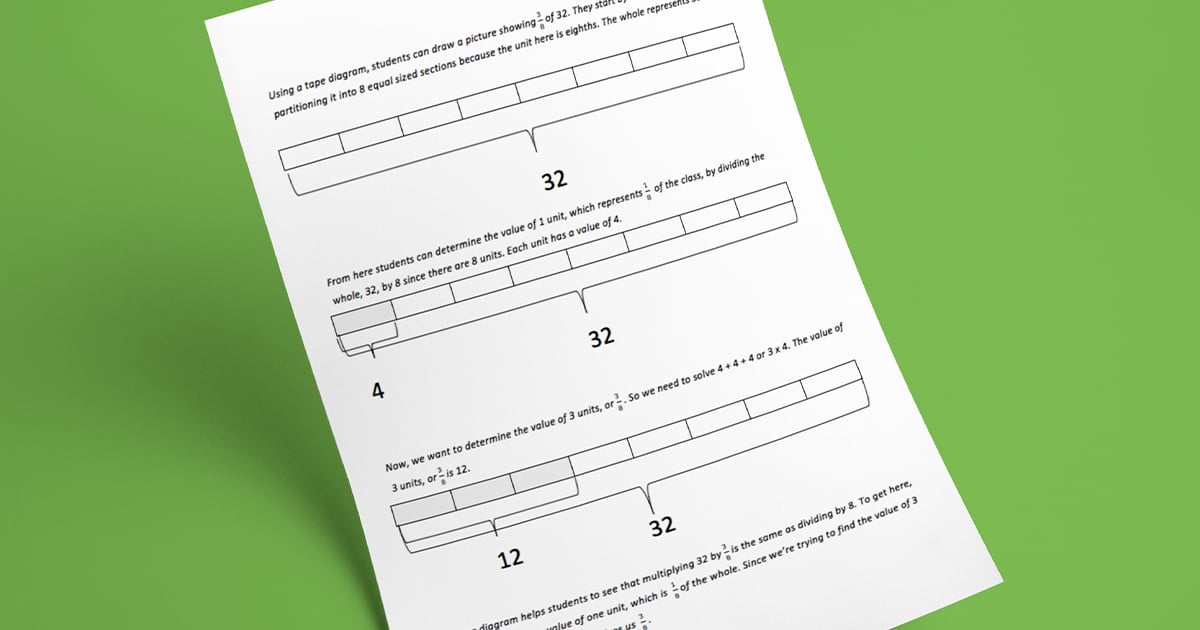Posted in: Aha! Blog > Eureka Math Blog > Models Instructional Design > Read, Draw, Write: A Better Strategy for Solving
STRATEGY
When I was in school, we had a set of steps for problem-solving. Some teachers would change it up a little, but most were pretty close to:
1. Understand the Problem 2. Come up with a Plan for Solving 3. Carry out the Plan 4. Reflect or Check Your Work
These steps are better known as Polya’s Problem Solving Approach and were developed by George Polya in 1945. Although these steps always sounded like a good idea and did get students thinking through the math problems they were facing, they didn’t always get the job done…
What happens when you can’t get past step 1? You read the problem over and over and still can’t make sense of it. You listed out the known information, you underlined the key terms and circled the numbers, but you just can’t figure out what to do. Under this problem solving approach you are expecting students to understand the problem before making any drawings, diagrams, tables, patterns, etc., which can leave many students fumbling to make sense of it all.
This is where the “Read, Draw, Write” (RDW) approach comes in to play. Here is the basic idea of this strategy:
1. READ the problem. Read it over and over…. And then read it again.
2. DRAW a picture that represents the information given. During this step students ask themselves: Can I draw something from this information? What can I draw? What is the best model to show the information? What conclusions can I make from the drawing?
3. WRITE your conclusions based on the drawings. This can be in the form of a number sentence, an equation, or a statement.

What is so great about the RDW approach? Students are able to draw a model of what they are reading to help them understand the problem. In Polya’s approach, the drawing came after understanding. In this approach, the drawing helps lead to the understanding. Drawing a model helps students see which operation or operations are needed, what patterns might arise, and which models work and don’t work. Students must dive deeper into the problem by drawing models and determining which models are appropriate for the situation.
While students are employing the RDW process they are using several Standards for Mathematical Practice and in some cases, all of them. Some of these would include: make sense of problems and persevere in solving them, model with mathematics, use appropriate tools strategically and look for and make use of structure.
Do you use the RDW strategy? How has it changed the way students solve word problems in your classroom?
This post is by Debby Grawn, a Grade 6 Eureka Math writer. She taught seventh and eighth grade math for 10 years and currently teaches college-level math.
Submit the Form to Print

Great Minds
Great Minds PBC is a public benefit corporation and a subsidiary of Great Minds, a nonprofit organization. A group of education leaders founded Great Minds® in 2007 to advocate for a more content-rich, comprehensive education for all children. In pursuit of that mission, Great Minds brings together teachers and scholars to create exemplary instructional materials that provide joyful rigor to learning, spark and reward curiosity, and impart knowledge with equal parts delight.
Topics: Models Instructional Design











